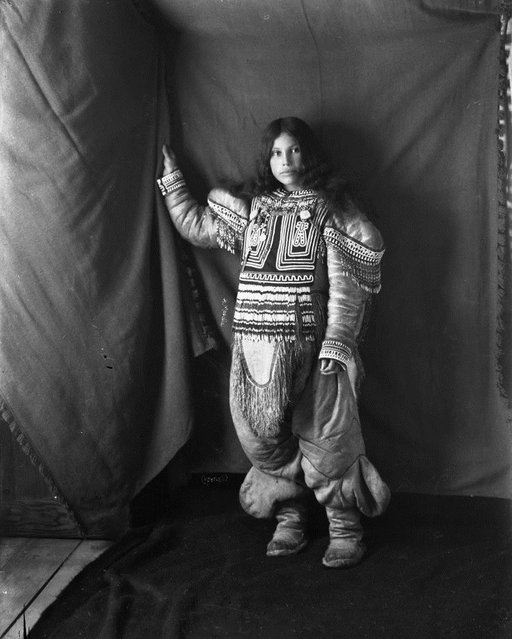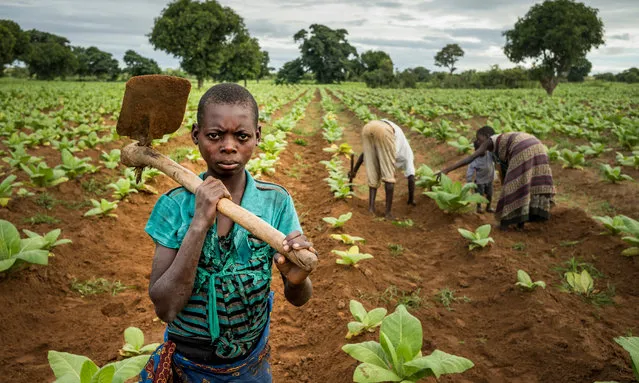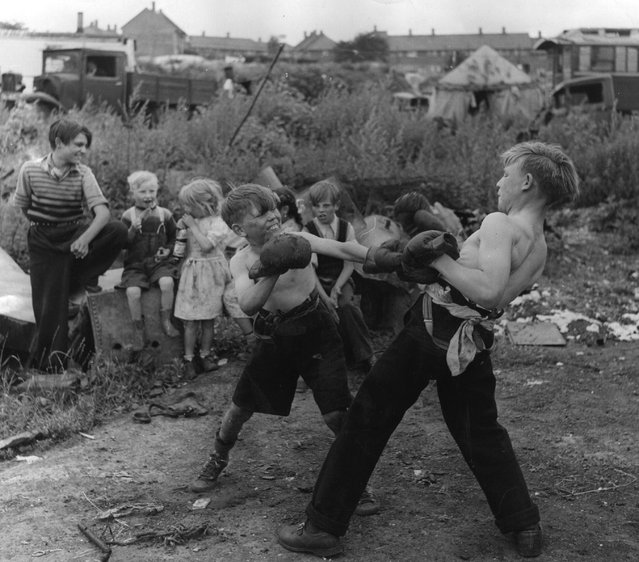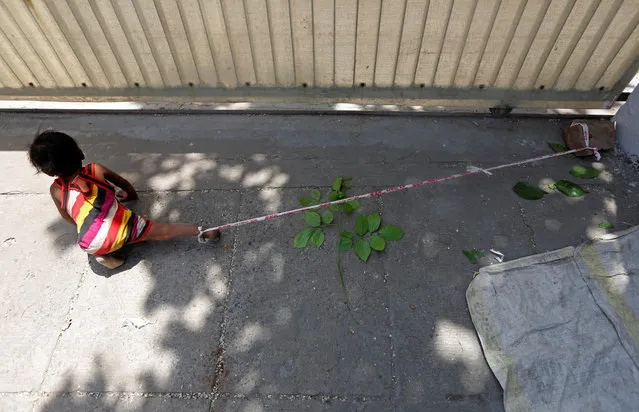
Sandra van den Broek from Netherlands creates the cutest character bento for her children’s. She’ll start by sketching the meal and prepares it with scissors, knives and toothpicks. Although you wouldn’t say, it usually takes Sandra only one hour to make a meal. She likes to make something practical, something for everyone to be able to follow. And if you look closely, you can see that it wouldn’t be too hard to make these bentos yourself.
04 Sep 2014 10:29:00,post received
0 comments







